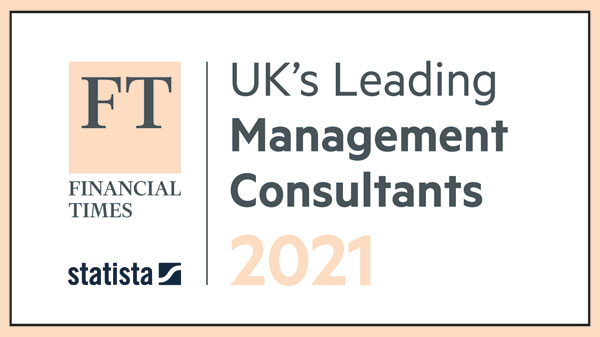What we learnt writing the OECD report on Venture Philanthropy for Development
In 2014 Talik & Co conducted research and produced a report for the OECD’s Network for Foundations Working in Development (NetFWD) on the new practices leading foundations are adopting to deliver greater positive impact per donor dollar. This ‘top seven lessons’ was originally written for The Guardian as part of their Global Development series.
It’s become something of a holy grail. Like NGOs, philanthropic foundations are increasingly concerned with maximising the impact they can achieve with the precious high risk capital they have at their disposal. As Rockefeller Foundation is keen to emphasise, the scale of the social issues that development focused foundations are looking to address today is unprecedented, and even Rockefeller, a giant in the philanthropic community, can feel dwarfed by the challenges it is confronting.
This is one of the key reasons, the contributors to the OECD research told us, that many of them have gone on journeys of quite transformational change, adopting principles and practices borrowed from business and venture-style investing, and why they are keen to share their lessons and insights with others. After all, as Sally Osberg, CEO of Skoll Foundation, stressed at the launch of the Social Progress Index, social entrepreneurs know they can’t do this alone.
So what are the key lessons that can be drawn from their experience to date? What principles did we discover that others can apply? Here’s a quick ‘top seven’ drawn from our findings:
- Focus: the foundations that have most impact don’t try to support a wide range of agendas but focus in on one or two where their unique combination of skills, knowledge and relationships can make a difference. Rockefeller use their reputation to convene high profile actors for policy-level dialogue that the NGOs they support just cannot access on their own. Emirates Foundation identified the ‘youth bulge’ in UAE, with many young Emiratis in debt, as a key issue they were best placed to tackle. So determine which issue(s) you are going to address. Where do you have the greatest strengths, be they your network, your internal expertise and knowledge base, your reputation?
- Do your homework: invest in rigorous research on your chosen issues, map stakeholders right around the system, engage them, create working groups that draw in expertise from across the board. Then drill down and look for the smallest change that can achieve the greatest leverage.
- Design your theory of change (TOC): with others, determine your outcomes and be rigorous. Sadly too many TOCs contain vague and prosaic desired outcomes and reveal a lack of coherent strategic thought about how to get there (n.b. behavioural change may appear magical at times but even the most irrational behaviour can often be predicted! Look at the burgeoning field of behavioural economics.)
- Align your financial and non-financial assistance to deliver your (rigorously determined) outcomes: the foundations making greatest headway on incorporating business and market based principles are investing significantly in capability from private sectors and non-development fields, and are providing that management and technical capability to the social purpose organisations they support in a venture capital- like style. In some instances the non-financial value added is proving potentially higher (though harder to quantify) than the financial.
- Collaborate: and build partnerships and networks, in the same and across sectors. Foundations don’t have a strong reputation for co-operation but those pursuing impact at scale recognise that they can only achieve their goals with and through others. Combining a strong issue focus with a systems approach that engages partners with complementary expertise (e.g. from market makers to policy makers), it is possible to tackle highly complex issues on multiple levels simultaneously.
- Critically appraise your culture and internal systems and processes: and identify and adjust where misalignments exist. Easier said than done, not least because taking a more business or venture-like approach can meet ideological resistance internally (“we’re a foundation, not a corporation”). But with the right leadership and vision, transformation can be achieved. And the foundations we spoke to considered the pay-off well worth it.
- Monitor for learning, not just evaluation: discovering what impeded success long after a project’s completion, or even half-way through, is way too late to learn from it. Instil a process and culture of real-time and participative reflection and learning into the projects (participative action research for example), and don’t shy away from the thorny issues of power, politics and competing agendas by playing safe on the key performance indicators.
All of which leads to the bonus and perhaps the most overlooked principle of all – contracting. If you decide as a foundation to change your approach and adopt a more venture philanthropy model, don’t expect that your favourite NGOs will automatically want to come with you. But similarly don’t underestimate the power you have to persuade them to. Open, honest and frank discussions about what working in this way means – closer day to day relationships, greater clarity on shared goals, higher levels of scrutiny on social value returned on funds invested – are vital to ensuring that the necessary partners come on the journey with you. Because you can’t do this alone.
Further details on these and other lessons from foundations working for development can be found in the OECD report.



